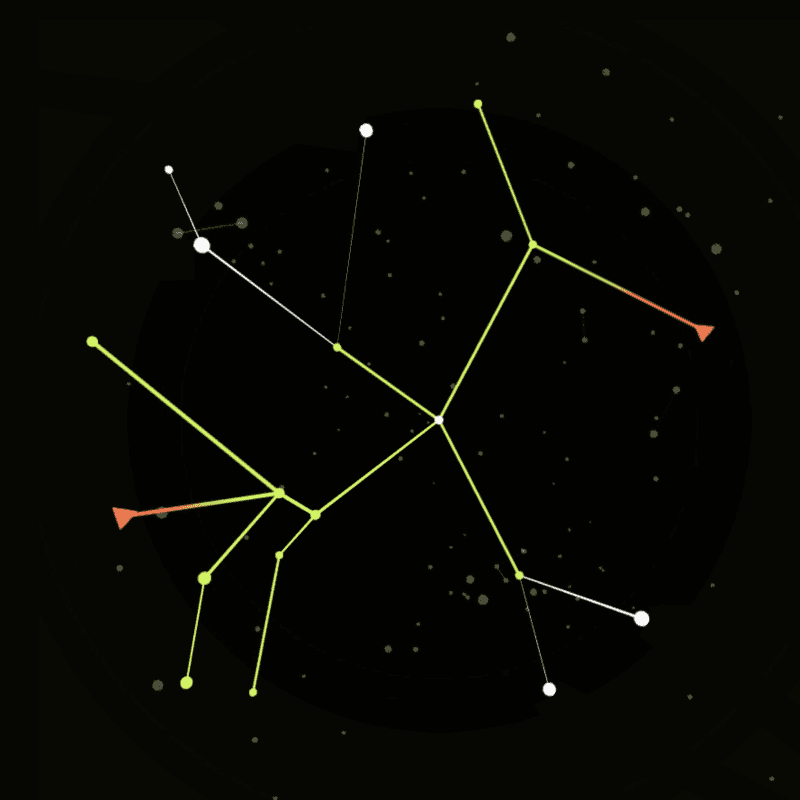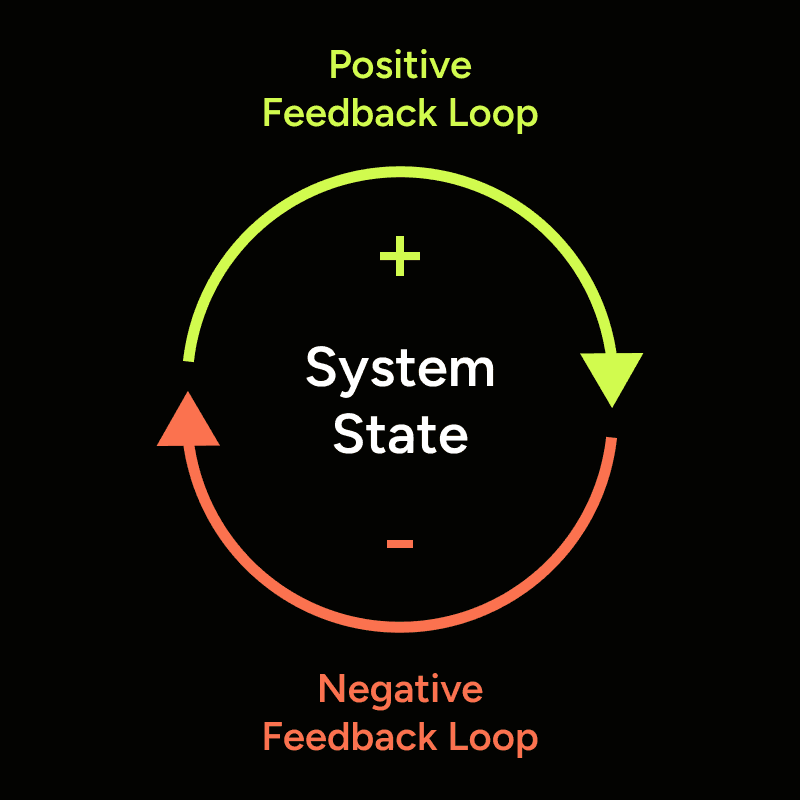
Pathfinding
If you want to get things done quickly, you have to see the world the way it really is and harness it, not fight against it. This is where many businesses go wrong and is the reason why we developed Pathfinding.
For example, projects are typically run as a series of tasks that need to be completed in some logical order. And, because teams like to achieve momentum early, they usually start with the better-understood tasks. Only much later does that way of thinking come back to bite them in the form of long delays and rework
From Linear to Adaptive

Linear
It's easy to think of project delivery as a linear process: one that has a beginning, follows a planned sequence of steps, and then completes. This way of thinking is so pervasive in the industry that we've developed countless practices to enhance it. Project Plans, Review Boards, Governance, KPIs, Burndowns, Utilisation Reports, etc, all have value, but they lead us back to the fallacy that delivery is a sequential, optimisable process.
Chaotic
And yet we’ve all experienced this reality: we began with a clear plan, but by the end of week one, faith in it is draining away. Goals have changed or become better understood; new dependencies have appeared; there’s a problem with some of the tech we planned to use; key people haven’t been as available as we thought; costs have gone up or budget has gone down; the team that needs to finish its work first is running late; the business is having a re-org.
Pathfinding
The reality is we develop digital projects inside the ebbs and flows of a complex system that moves the ground under our feet just as we’re taking our first steps towards our goal. We thought we were climbing a mountain (and that was hard enough), but in fact, we’re crossing a dancing landscape that just won’t stay still. Pathfinding accepts and even utilises that to get to value faster.
Pathfinding & Patterns
Complexity
So, what do we mean by complexity, and why is it important in Pathfinding? A complex system is one that you cannot make predictions about simply by looking at its features. A watch or a combustion engine may be complicated, but the weather, stock markets, and life in general are complex systems. Complex systems have emergent properties: aspects that we can’t predict but can anticipate.
Anticipation requires two team characteristics that we instill in all our teams: resilience and creativity. Resilience gives us the ability to constantly move as the landscape moves without losing pace, and creativity gives us the ability to apply solution patterns to navigate around each potential obstruction as it emerges.
Feedback Loops
Pathfinding works by harnessing feedback loops. Negative feedback loops (where one force tends to act against another) tend to bring stability to delivery, but at the cost of speed. Stability is a force multiplier when it is applied in continuous delivery, but not when it impacts team autonomy.
Positive feedback loops, on the other hand, have amplifying effects, which can be great for knowledge sharing and innovation, but not when they apply to dependencies.
Pathfinding
What makes Pathfinding different is that we begin by accepting complexity in all its forms. It is, quite simply, a new approach to delivery that is unburdened by linear thinking. It enables teams to move faster and achieve better results without the fear of nasty surprises late in delivery.








